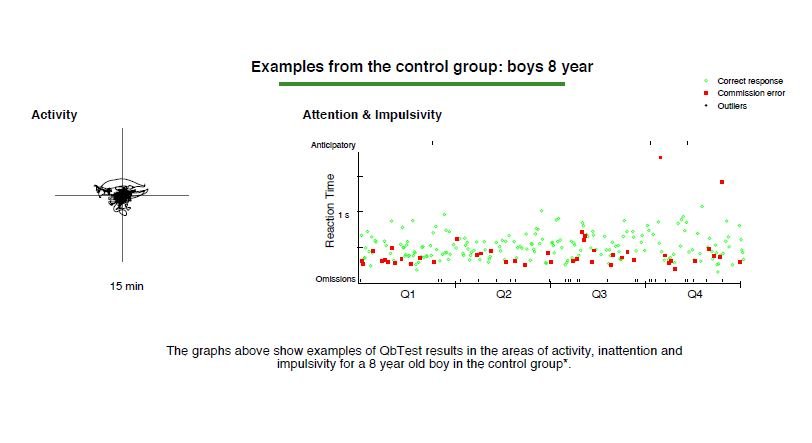I’m so excited to share my results from QbCheck, the at-home ADHD test I took recently – so you can see how this testing process works and decide for yourself if you’d like to discuss it with your clinician.
As a quick recap, you can learn all about the actual testing process HERE. This computer-based test measures attention, motor activity, and impulsivity – the core symptoms of ADHD – and the report compares your results to an age and sex-matched control group.
One of the most interesting things that I learned from the test was that I fidget in my chair – a lot more than I realized. Before the test began, I was instructed to fill out a questionnaire that looked something like this:
During this part of the process, I chose that I “sometimes” fidget or squirm in my chair. After taking the actual test, the reality is that I fidget in my chair more frequently than 96% of women my age. My perspective of my ADHD is skewed because I have lived with these symptoms my whole life, and I have had nothing to compare them to. I often think how often does this happen for women when they go to a doctor's office and just fill out a questionnaire?
The basic premise for this test is to provide a task that is intentionally under-stimulating to measure what happens to your brain when you are under-stimulated. It does this by presenting a series of flashing shapes in various colors, and you are instructed to tap the spacebar when you see two identical shapes/colors in a row. I started strong during this portion of the test. I was focused and ready - my interest was captured. That excitement quickly faded after about 5 minutes, and I was struggling to stay focused enough to complete the test accurately. This decrease in my attention was visible in my test results – I began to make errors and was slower to respond to the shapes. It was interesting for me to see the decline of attention on a visible scale.
It’s important to note that QbCheck by itself will not declare a definitive diagnosis. This test, as well as the in-clinic version you can take (QbTest), is meant to be a component of your doctor’s overall clinical evaluation. It does, however, give your clinician evidence that you display (or don’t display) ADHD symptoms and the severity of your symptoms compared to the results of others in your age range and sex who do not have ADHD. Your doctor can also use this to measure the effectiveness of your treatment should you decide to move forward with some.
One of the most fascinating test result comparisons was done with children - and even if you’re not trained to read the results, you can see a huge difference between the child with ADHD tendencies vs a child with little to no ADHD tendencies. Check out this sample test from 2 different children: (Left is a child from a control group who does not indicate any ADHD symptoms, and the right image is test results from a child later diagnosed with ADHD)
Overall, this test was very validating for me and I would recommend this process to someone seeking answers for their ADHD symptoms. If you are still in the process of seeking an evaluation for ADHD, or even if you just want to know more about your ADHD brain, I recommend finding a Clinician who provides QbCheck or QbTest, if you prefer to see your doctor in person, Click here to find a clinician in your area







